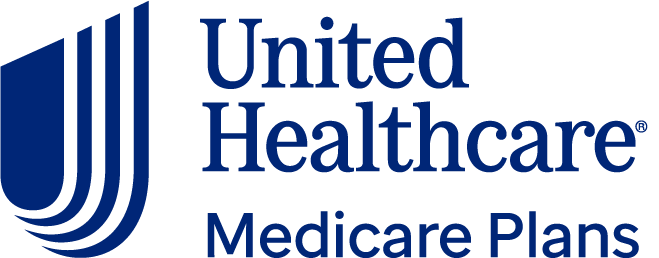What If I Can’t Afford Medicare?

Many, or all, of the products featured on this page are from our advertising partners who compensate us when you take certain actions on our website or click to take an action on their website. However, this does not influence our evaluations. Our opinions are our own. Here is a list of our partners and here's how we make money.
At least 1.2 million Medicare beneficiaries pay premiums for Medicare Part B even though they likely qualify to get it for free through a Medicare Savings Program, according to a November 2021 letter from the Centers for Medicare & Medicaid Services, or CMS.
Those premiums add up quickly. At $185 per month in 2025, they’re more than $2,000 per year for Part B alone. And there are other premiums, deductibles, copays and coinsurance to consider, too.
Various programs can cover some or all of those costs, but they’re not always easy to find. There are free resources available to help you navigate the specifics of your situation.
Medicare Savings Programs (Part A and Part B)
More than 10 million Medicare beneficiaries received help paying for their coverage through a Medicare Savings Program in 2019, according to a 2022 data analysis by KFF, a health policy nonprofit.
Medicare Savings Programs, or MSPs, help cover costs associated with Medicare Part A and Part B. You qualify for an MSP based on income and/or resources. There are four different MSPs with different eligibility requirements and benefits.
Depending on the program and how you qualify, an MSP could cover some or all of your premiums, deductibles, copays or coinsurance for Medicare Part A and/or Part B.
Income requirements are based on what you make as a percentage of the federal poverty level or FPL. Resource limits count money in bank or retirement accounts, stocks and bonds but don’t include your home, vehicle or possessions.
States count income and resources differently; specific requirements can vary by state and program.
You don’t need to know which of the four MSPs you want to apply for. “Go to the state [Medicaid] agency and say you need help,” says Ann Kayrish, senior program manager for Medicare with the National Council on Aging. There’s usually a single application to fill out so you can be slotted into the right program, Kayrish says.
Shopping for Medicare plans? We have you covered.

3.93
CMS Star Rating
from UnitedHealthcare

3.63
CMS Star Rating
from Humana
Low-Income Subsidy or Extra Help (Part D)
The Extra Help program helps nearly 14 million Medicare beneficiaries afford Medicare Part D. Sometimes, it’s also called the Medicare Part D Low-Income Subsidy.
Extra Help pays for Medicare Part D premiums, deductibles, coinsurance and copays.
You automatically qualify for Extra Help if you’re enrolled in any of these programs:
Full Medicaid coverage.
A Medicare Savings Program that helps pay for Medicare Part B premiums.
Supplemental Security Income, or SSI.
If you don’t qualify automatically, you can still apply for Extra Help through the Social Security Administration to see whether you meet the resource and income limits. People making up to about 150% of the FPL can qualify.
The annual income limit is $21,870 for an individual or $29,580 for a couple.
The resource limit is $16,660 for an individual or $33,240 for a couple. (Note: The listed resource limits include an additional allowance of $1,500 for individuals or $3,000 for couples who plan to use some resources for burial expenses.)
Medicaid
Medicaid is the government program covering health care costs for individuals with low income, certain children, pregnant people, and people with disabilities.
It’s possible to have both Medicare and Medicaid at once. There are more than 12 million people eligible for both Medicare and Medicaid, according to CMS.
Depending on your state and how you qualify, Medicaid can cover some of your health care and certain Medicare costs, such as premiums, copays, coinsurance and deductibles. If you are eligible for full Medicaid coverage, you also automatically qualify for Extra Help for Medicare Part D coverage.
You can enter your information at healthcare.gov/lower-costs to see whether you qualify based on your state’s rules and start applying for coverage.
Get personalized help
When it comes to enrollment rules and policies, “it does matter where you live, very much,” Kayrish says. She recommends several free resources that can help guide you through the specifics of your location:
Medicaid agencies. One place to start is your state’s Medicaid agency. It can help you apply for both Medicaid and MSPs since it administers both programs. And if you qualify for Medicaid or most MSPs, you automatically qualify for Extra Help, too.
State Health Insurance Assistance Programs. Each state has free, unbiased Medicare counseling through a State Health Insurance Assistance Program or SHIP. Visit shiphelp.org to find yours.
BenefitsCheckUp. The National Council on Aging maintains an online database of benefits programs for older adults and people with disabilities. It’s not specific to Medicare — there are also programs for food, utilities, housing and taxes. Enter your ZIP code at benefitscheckup.org to see what’s available in your area.

